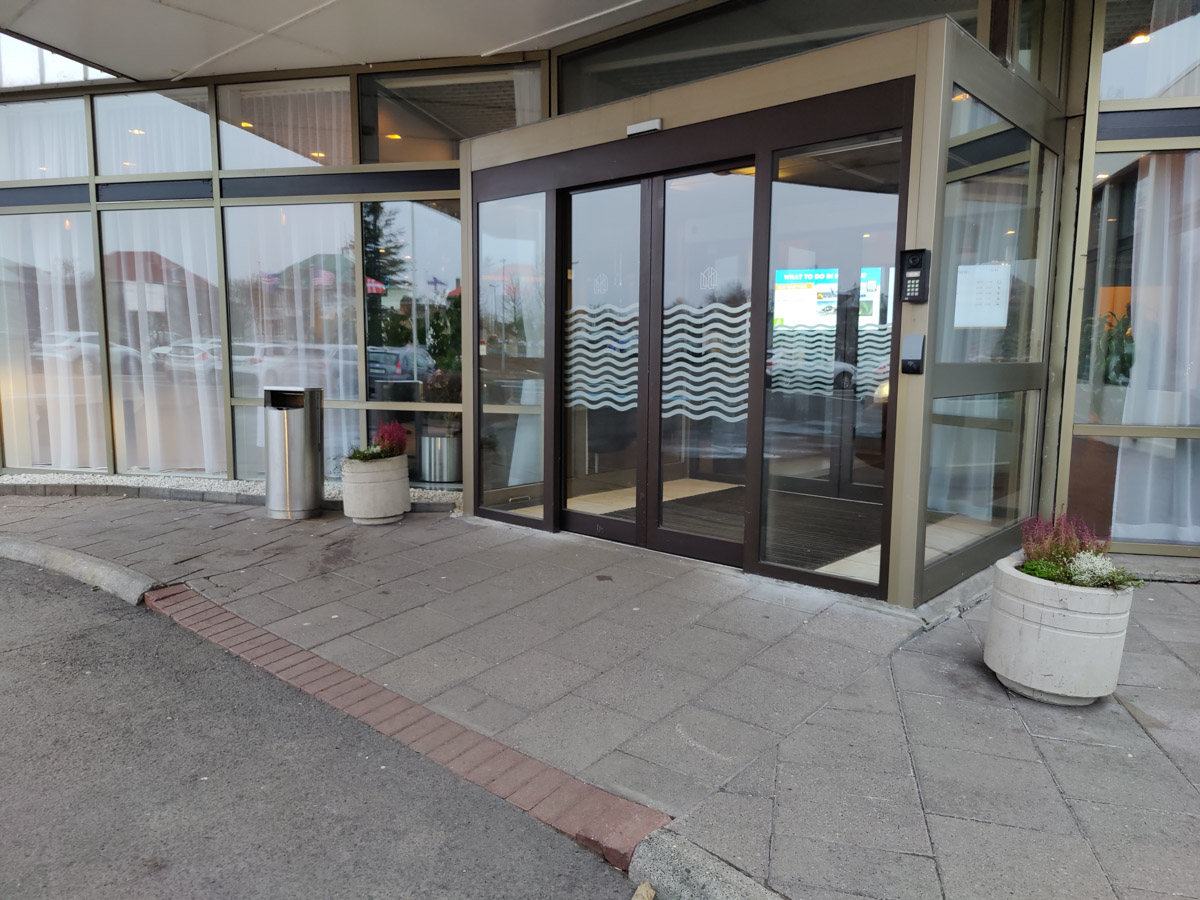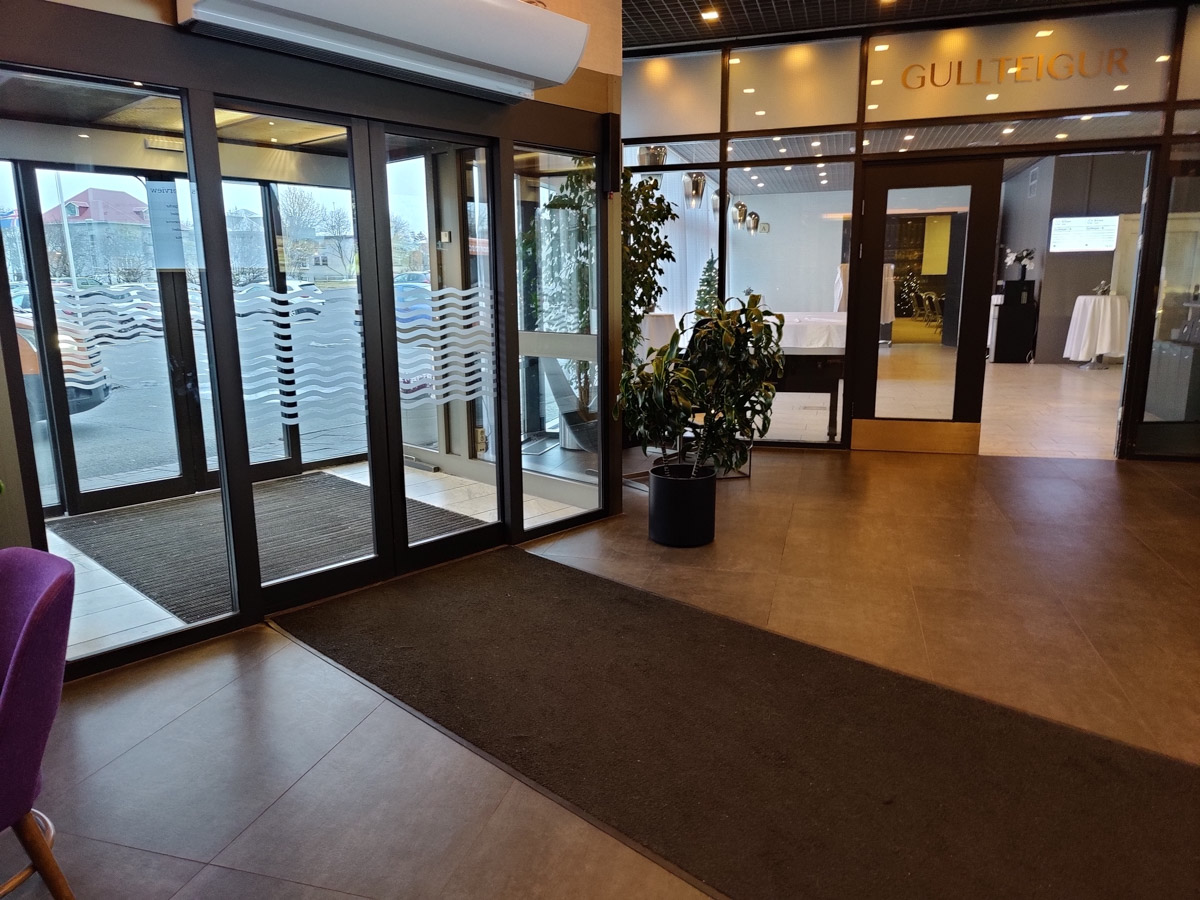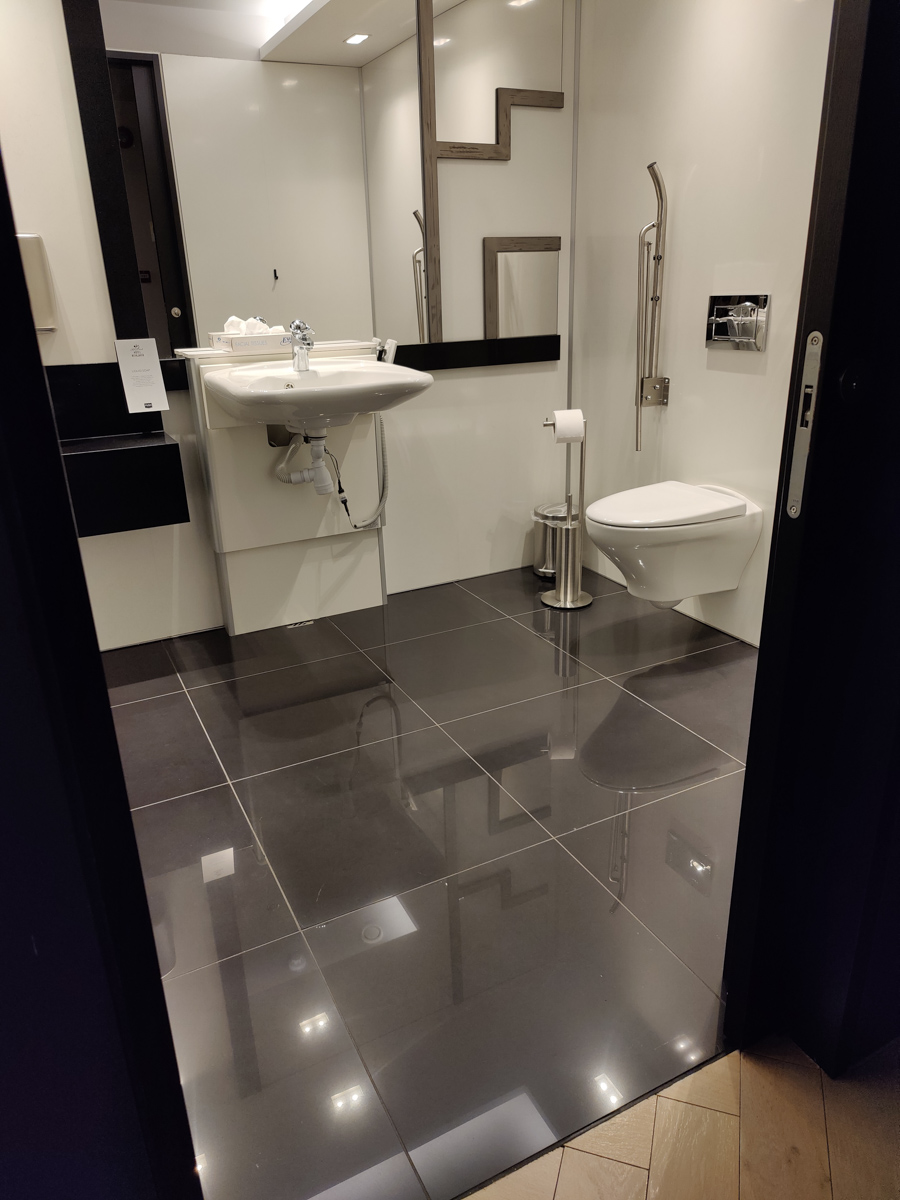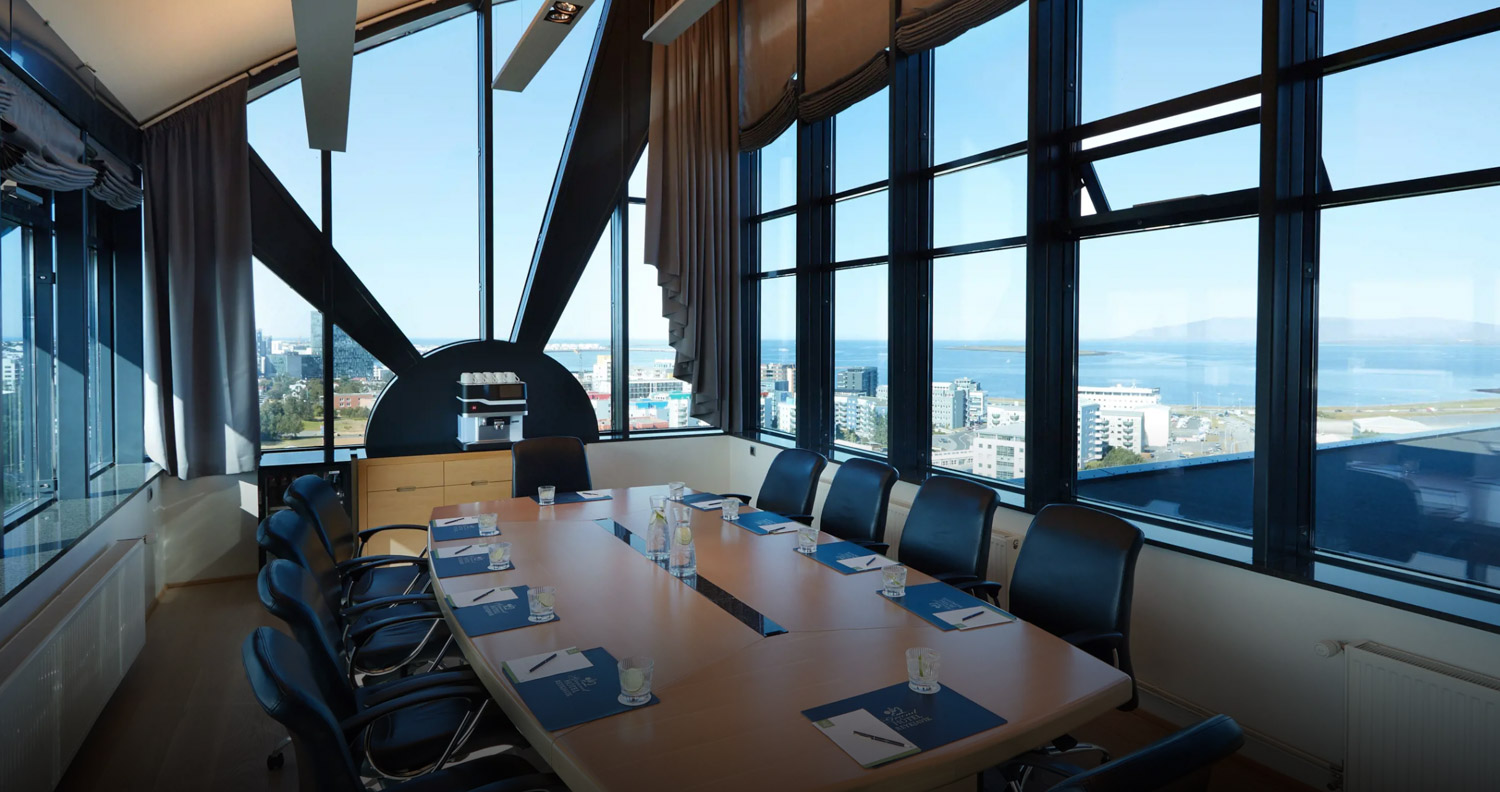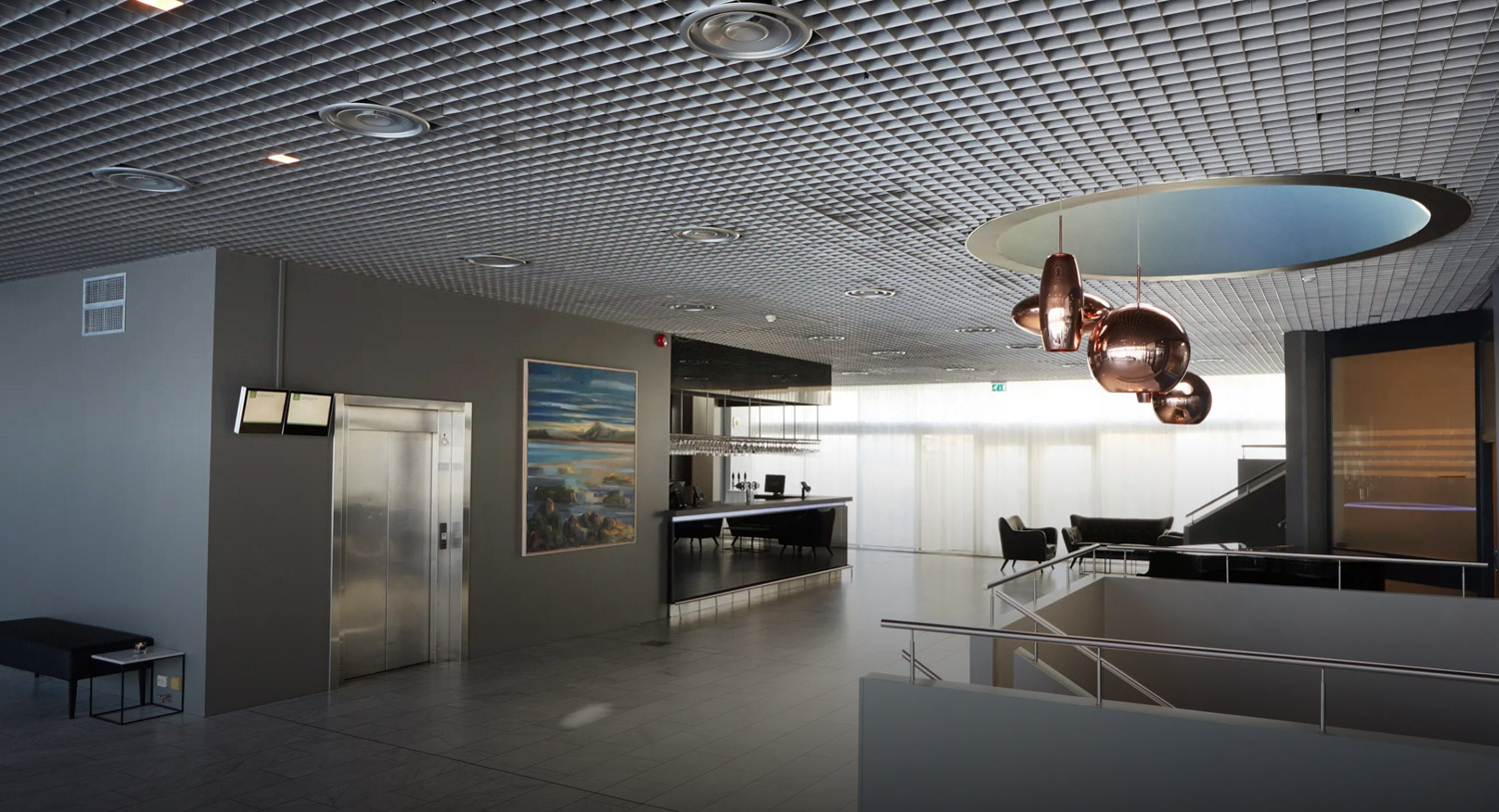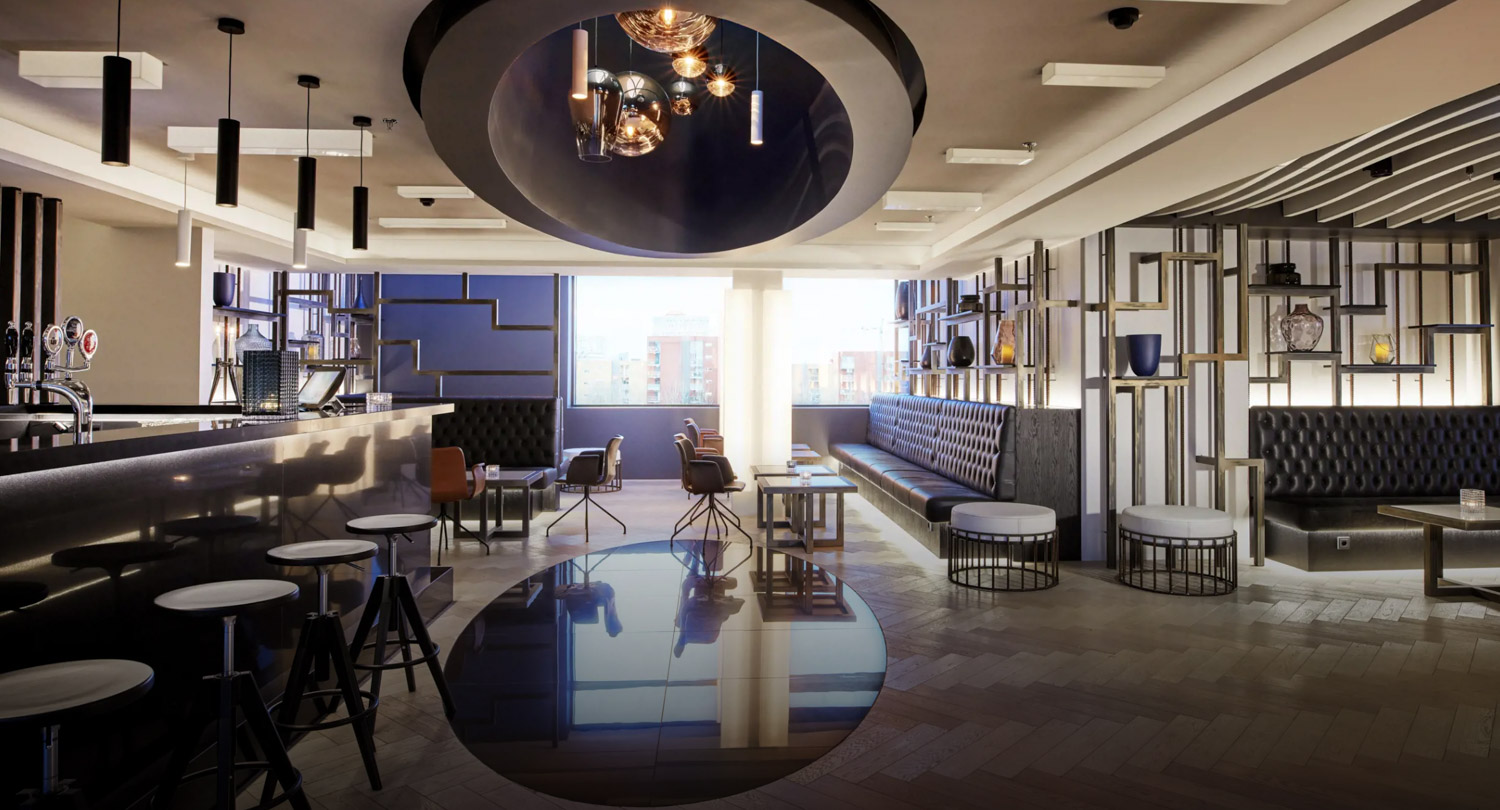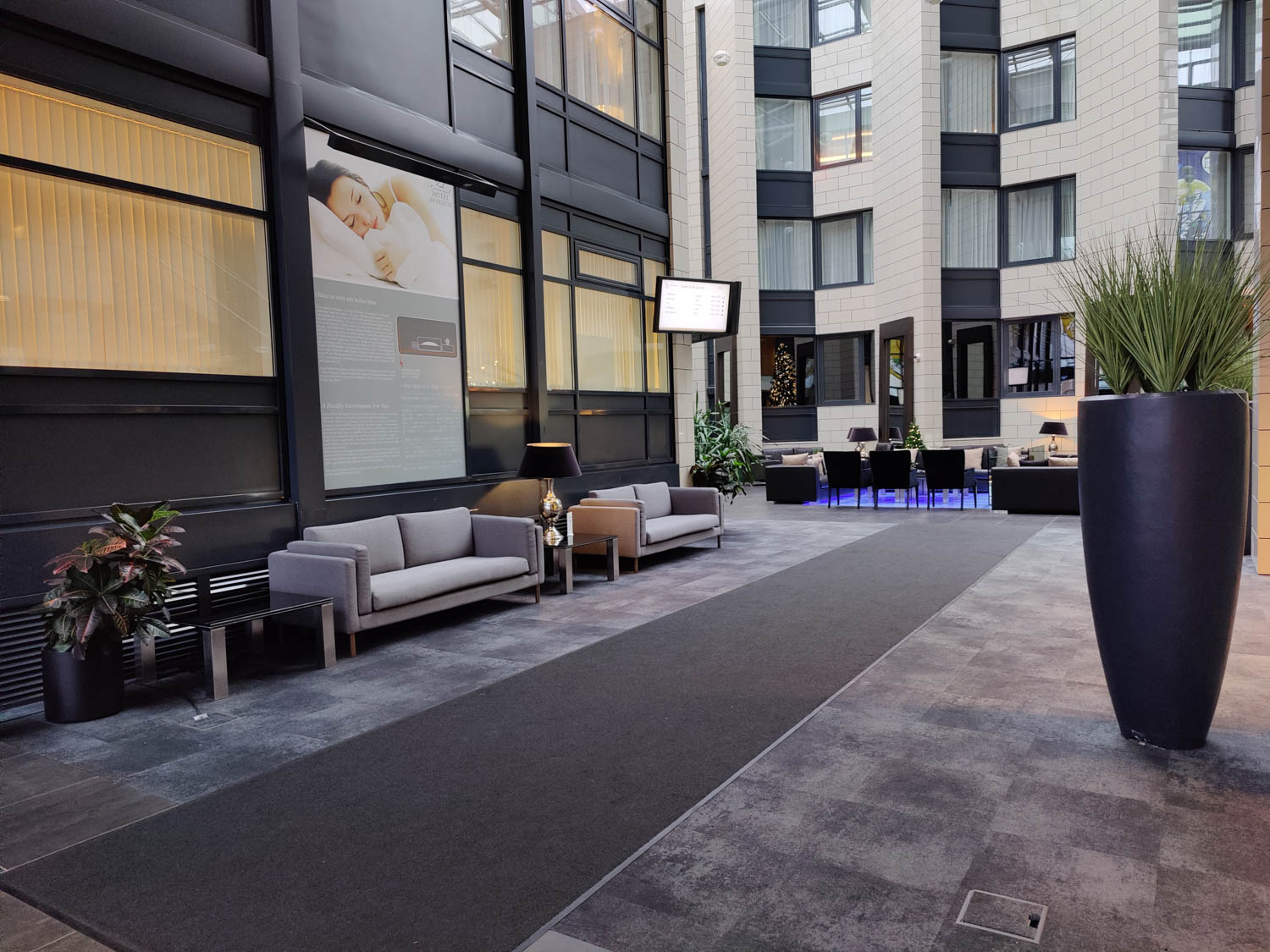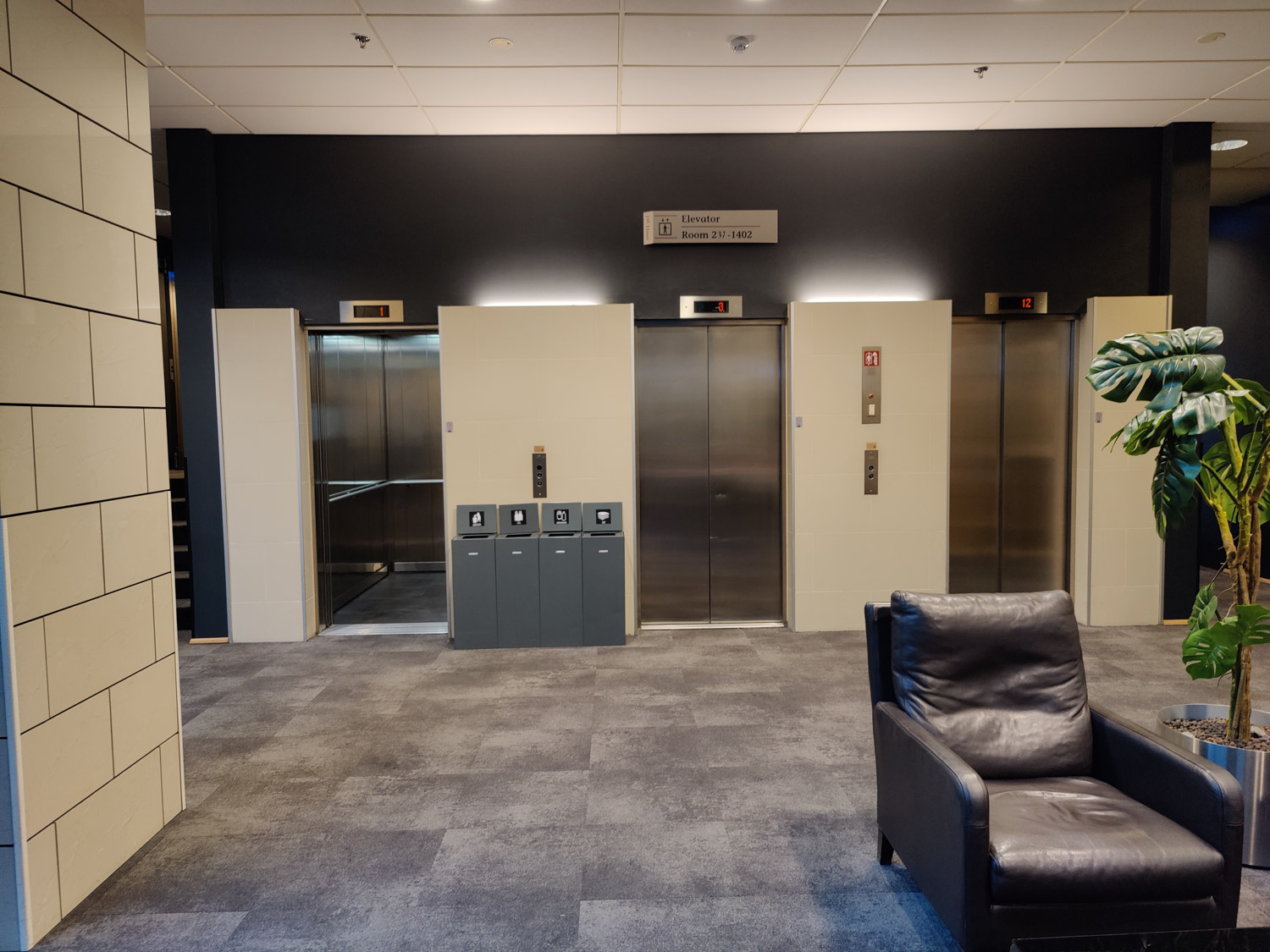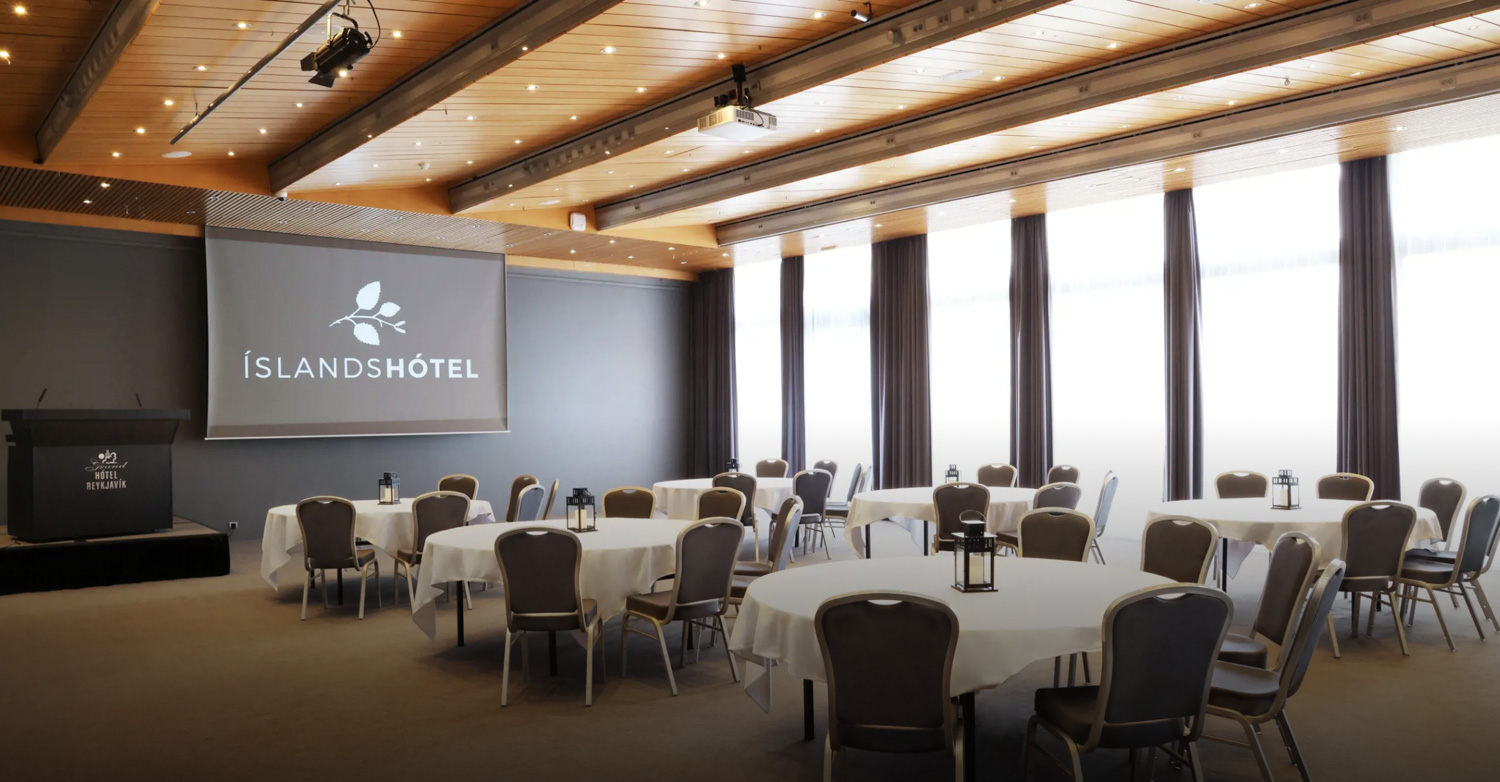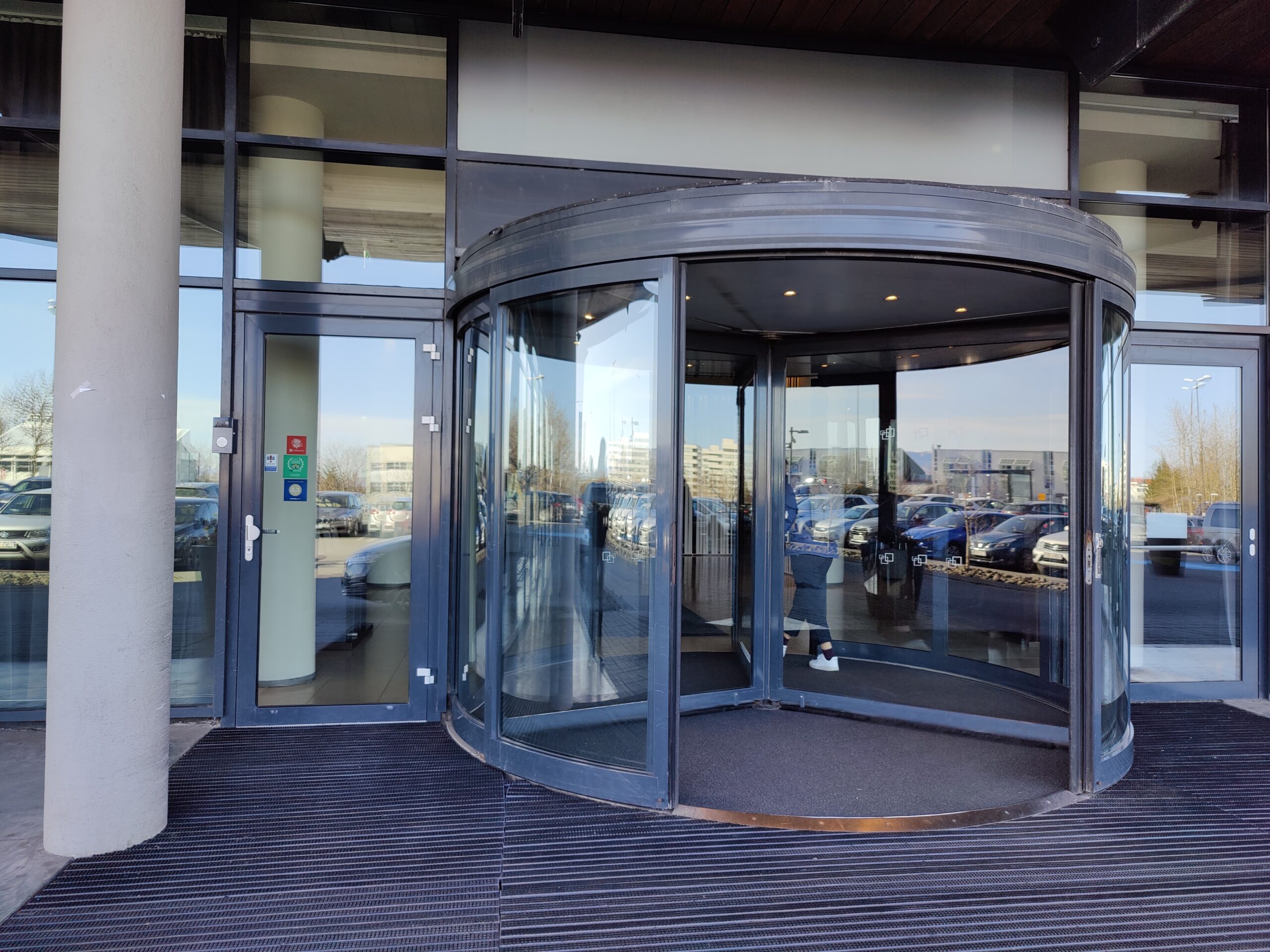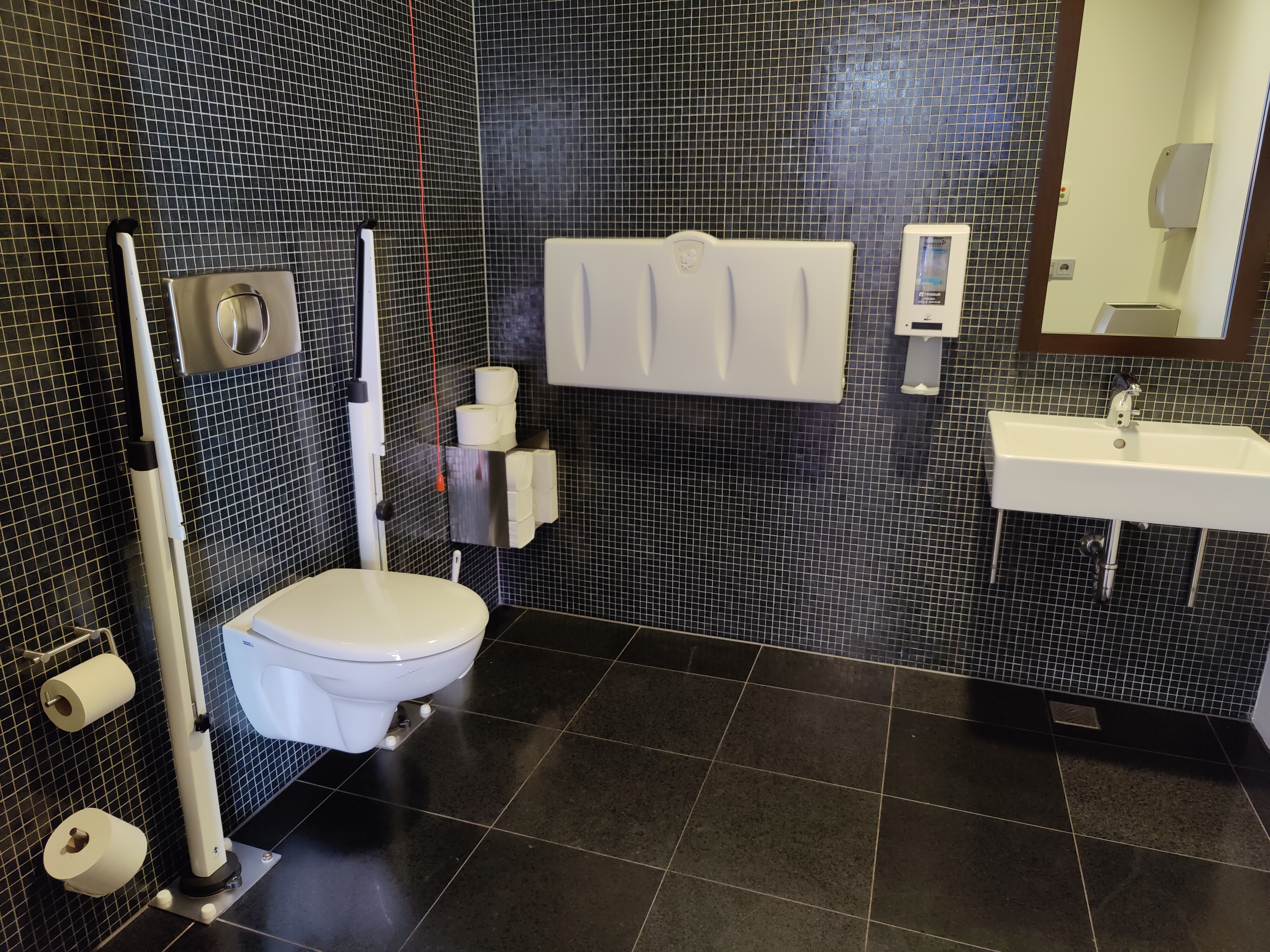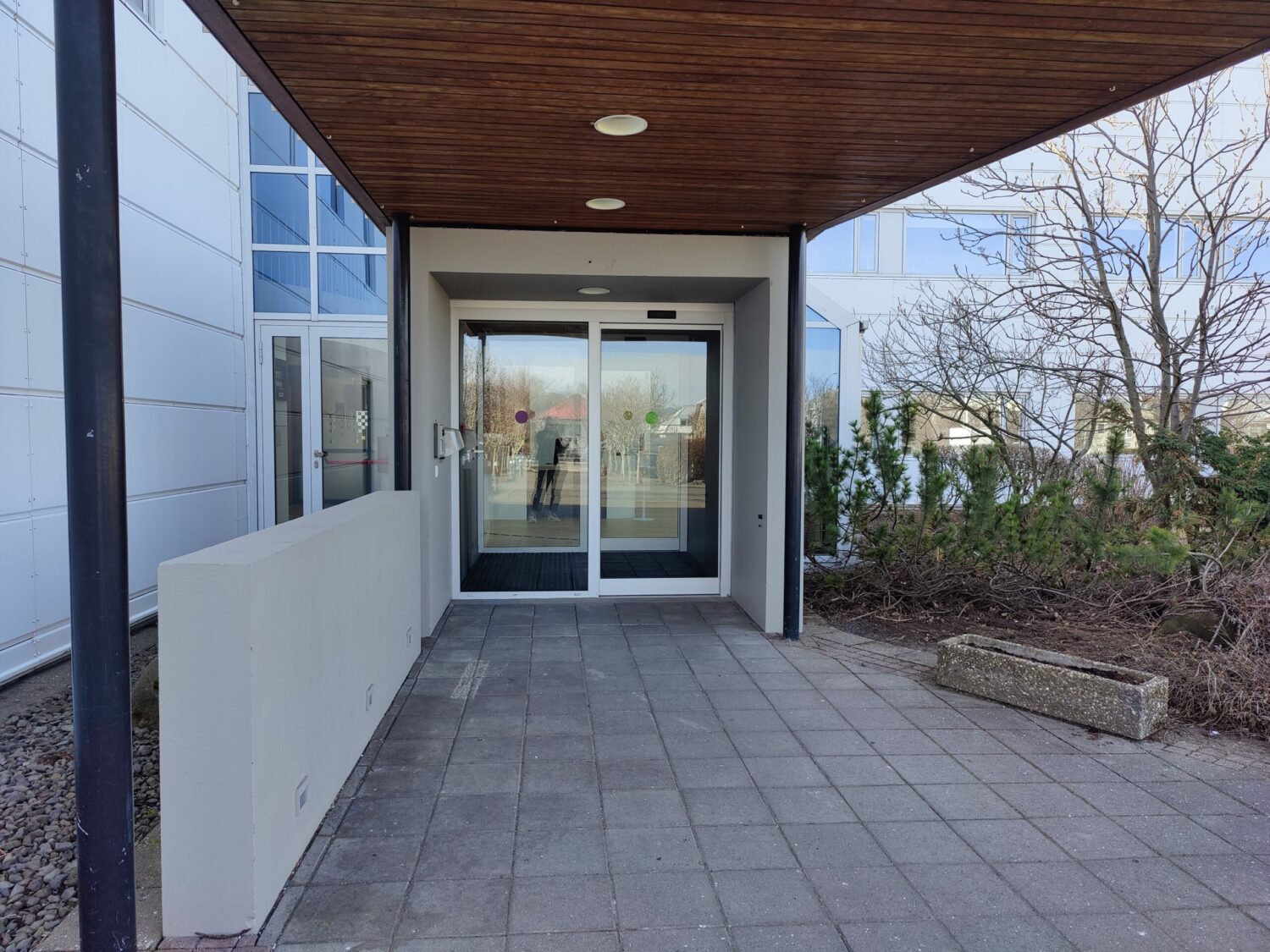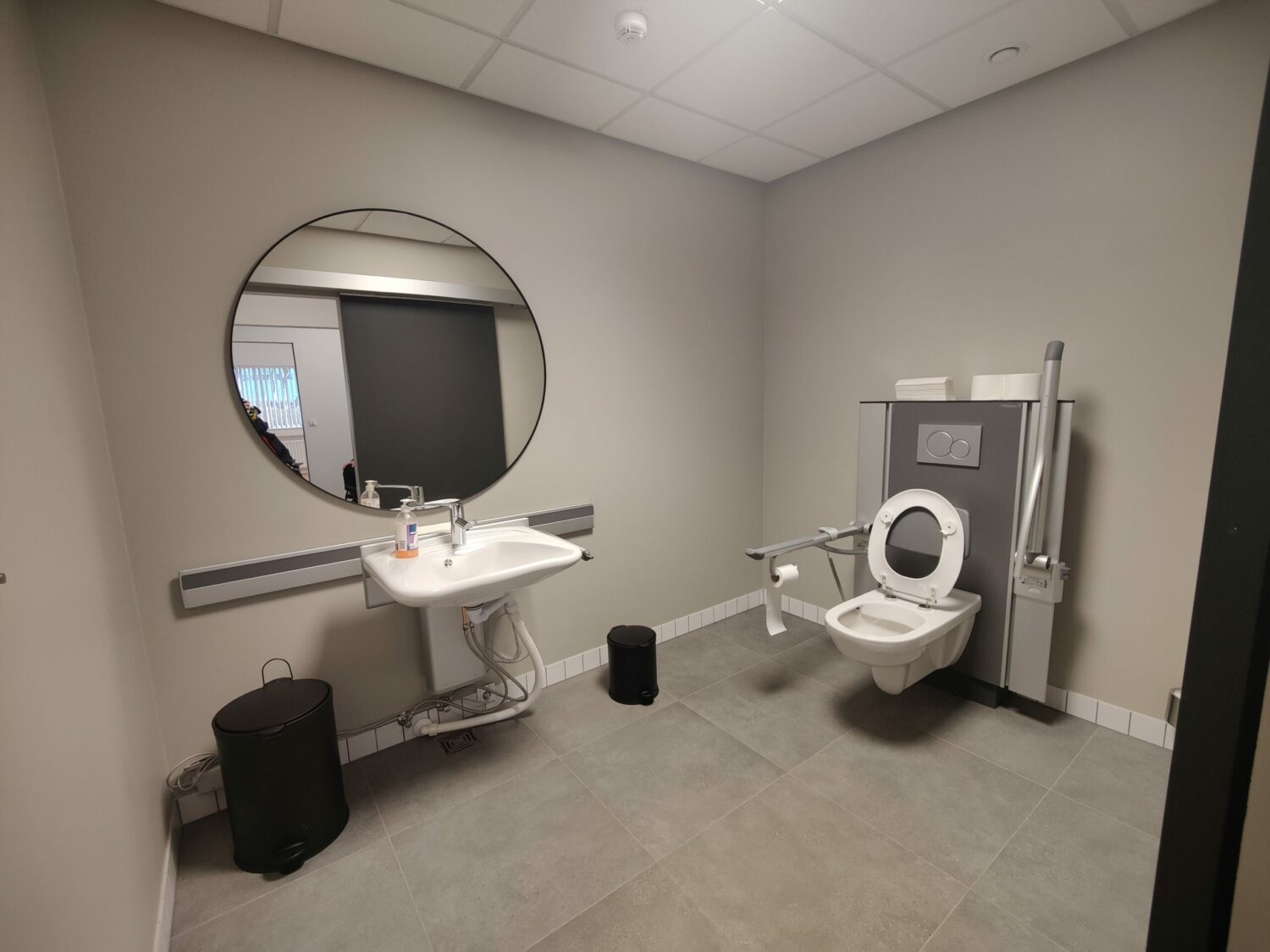Accessibility
Accessibility
Embla Guðrúnar Ágústsdóttir is the accessibility officer for the NNDR conference. For additional information or other inquiries before or during the conference, Embla can be reached by phone (+354-868-3790) or email (embla@tabu.is).
The conference will take place at Grand Hotel and Hilton Reykjavik Nordica.
Grand Hotel - The entrance
The hotel is located in the centre of Reykjavík 1,5 km from the main walking street. Around the hotel is a big outdoor carpark. The northeast entrance has 2 wide automatic doors and a drop curb from the street to the door (photo 1 and 2). The entrance has a little roof over it.
Grand Hotel - The restaurant
The restaurant and 4 of the meeting rooms are located at the ground floor of the hotel and other meeting rooms are on different floors. There are wheelchair accessible gender neutral bathrooms at the ground and first floor. Some of the accessible bathrooms have adjustable sink.
Grand Hotel - Meeting rooms and surroundings
The meeting rooms vary in size and shape and will either have “cinema setup” or chairs around tables. Microphones will be used in the bigger meeting rooms both during presentations and in discussions. The microphones are standing at the tables but it’s also possible to get a clip on microphones. In every meeting room there will be a normal high table that presenters can sit at or they can give the presentation standing in front of a podium.
Quiet/relaxing/private areas
At the ground floor, next to one of the meeting rooms, there will be a bed or a bench to relax. The conference will also have 1 hotel room reserved for any conference guest to use during the day if needed. The needs could for example be needing a quiet space, more space to use the bathroom/change clothes or privacy to take medication, rest etc.
Here are photos of some of the meeting rooms and the surroundings.
Hilton Reykjavik Nordica
Suðurlandsbraut 2, 108 Reykjavík
Hilton Hotel is 600m away from Grand Hotel.
The entrance at Hilton Hotel is at ground level with the pavement and has both a revolving door and a regular door with a button for automatic opening. In the lobby there are 4 lifts that go up to the 2nd floor to the conference meeting rooms. There is a wheelchair accessible bathroom at the 2nd floor next to the meeting rooms hallway (photo 5 and 6)
ÖBÍ - The Icelandic Disability Alliance
Sigtún 42, 105 Reykjavik
ÖBÍ is a disability rights organization that is located 250m away from Grand Hotel.
The entrance is at ground level with the pavement with automatic doors (photo 7). The conference will have 2 meeting rooms at ÖBÍ – meeting room 1 is at the ground floor and meeting room 2 at the second floor. ÖBÍ has 4 wheelchair accessible bathrooms with adjustable toilets and sinks.
Wheelchair Accssible van
Between Grand Hotel and Hilton Hotel
A wheelchair accessible van will be driving between Grand Hotel and Hilton Hotel in the breaks between sessions. The van can take 4 passengers in seats and 1 passenger in wheelchair.
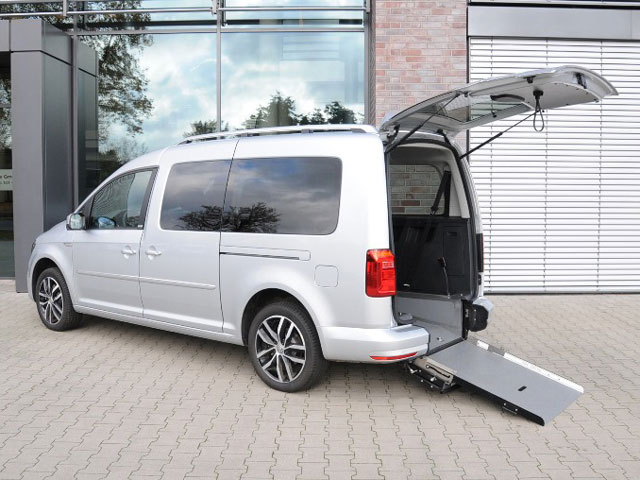
Guidelines for Presentations
General guidelines
The NNDR is committed to inclusive practices at its conferences. We therefore suggest a few basic principles we believe promote important aspects of inclusion and ask that you apply them when presenting your paper in Reykjavík.
- The “do it anyway” principle
• Inclusion works best when no one must ask for adjustments. The principles below thus function best when applied routinely and consistently. - The visual interpretation principle
• Read out text that is only visually presented. Describe pictures, graphics or visual artifacts you present. - The “show first – then language” principle
• Whenever you make use of visual aids or artifacts, for example a slide show presentation, pause whenever a new slide is presented. Give the audience time to look at your slide (or artifact) before you direct attention back to yourself and start to language. - The “less is more” principle
• The Implication of principles 2) and 3) is that you should limit the amount of text, graphics, or pictures as much as possible when using a slide show. (Guidelines on the layout of slides are presented below.) - The “use available microphones” principle
• If you (or an interpreter) present in spoken language, make sure to use the microphone or loop system when- and wherever such technology is available.
• When there is dialogue between members of the audience and yourself, make sure the audience use a microphone, if available.
• If you have the only microphone available during such dialogues, repeat the audience’s comments and questions before you start giving your own reply. - The collective principle
• It takes work and practice to internalise the principles we propose, so be generous and recognise both your own efforts as well as those of others. Inclusion is the product of a collective, not an individual, effort. - The communicative principle
• Please observe that the suggested principles are suggested and thus up for discussion and feedback.
Please note:
- When sign language interpreters are present for your presentation, presenters are asked to inform them before the start of their presentation about the language they will use.
- It is good practice not to try to cram to much content into one presentation. Attempts to talk fast, or poor timekeeping, do not promote inclusion. Having said this, the NNDR recognises that inclusion also necessitate flexibility, for example about time.
- For the sake of planning, we ask that requests for extended time or similar adjustments are made to the organisers at the earliest possible convenience.
Layout guidelines for slide show presentations at NNDR conferences:
- Font 32 on headings and no less than 24 on text
- Avoid italics and underscored text
- Use dot marks, they structure the slide
- Good contrast – black/dark text on a light background is usually the best
- Avoid text on a patterned background
- All slides should have titles, and all titles should be unique.
- In case your slide show includes external links, make sure that they are working.
- Naming convention: include your name in the format [surname, first name(s)] in the filename of your slide show presentation.

